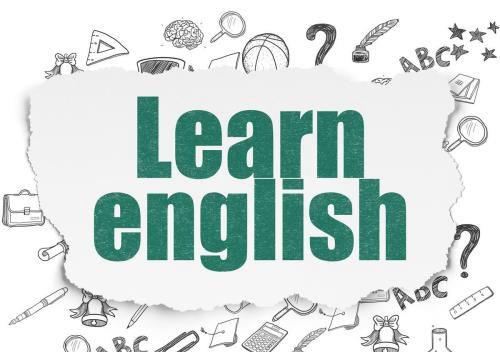英语一般现在时态的用法(小学英语一般现在时的定义)
导语:小学英语语法专题:四大时态之一般现在时

一、概念
1.表示经常性或习惯性的动作,常与表示频度的时间状语连用。如:always, usually, often, sometimes, seldom(很少), never(决不), every day, at 8:30, on Sunday,in the morning等。
如:I always get up at 6:00 in the morning.
2.表示现在时刻的状态、能力、性格、个性。
如:She loves English very much. My sister can play the piano very well.
3.表示客观的事实。如:The sun rises in the east. 太阳从东方升起。
4.格言或警句。 如:Pride goes before a fall. 骄者必败。
二、句子结构
1.如果句子主语的人称是I, we, you, they或复数名词时,动词用动词原形。
如:We often go home by bus.
2.如果句子的主语是第三人称单数,即:he, she, it 或单数名词时,动词要用第三人称的单数形式。
如:He often goes home by bus.
三、动词的第三人称单数构成规则
1.一般情况下在动词的后面直接加“s”;
如:work→works
play→plays
rain→rains
see→sees
visit→visits
2.以o, x,s,sh, ch结尾的动词,在后面加“es”;
如:do→does
fix→fixes
guess→guesses
wash→washes
teach→teaches
3.以辅音字母加y结尾的动词,先把 “y” 改为 “i”, 再加“es”;
如:fly→flies
study→studies
carry→carries
4.不规则变化。
如:have→has
四、注意
在一般现在时的句子中,如果前面使用了助动词does, doesn’t, will, won’t, can, can’t, would, wouldn’t, must, mustn’t 等,尽管主语是第三人称单数,后面的动词用动词原形。
如:He doesn’t want to go shopping. He can sing the song.
五、一般现在时的一般疑问句
一般现在时的一般疑问句是把助动词do, 或does 放在句首来引导。
1、如果句子的主语是I, we, you, they或复数名词时,用do来引导,其余句子的位置不变。肯定回答:Yes, I/we/they do. 否定回答:No, I/we/they don’t.
如:They go to school by bus every day.
→Do they go to school by bus every day?
→Yes, they do.(肯定回答)
→No, they don’t.(否定回答)
2、如果句子的主语是he, she, it 或单数名词时,用does 来引导,其余句子的位置不变,但是要把原来句子中的动词第三人称单数形式,改为动词原形。肯定回答:Yes, he/she/it does. 否定回答:No, he/she/it doesn’t.
如:He often goes to school by bike. →Does he often go to school by bike?
→Yes, he does. (肯定回答)
→No, he doesn't. (否定回答)
六、一般现在时的否定句
1.如果句子的主语是I, we, you, they或复数名词时,则在主语的后面加don't。
如:We always go to school on foot.
→We don’t always go to school on foot.
2.如果句子的主语是he, she, it或单数名词时,则在主语的后面加doesn't 。但是要把原来句子中的动词第三人称单数形式,改为动词原形。
如:He often goes to school by bike.
→He doesn’t often go to school by bike.
免责声明:本站部份内容由优秀作者和原创用户编辑投稿,本站仅提供存储服务,不拥有所有权,不承担法律责任。若涉嫌侵权/违法的,请反馈,一经查实立刻删除内容。本文内容由快快网络小奈创作整理编辑!